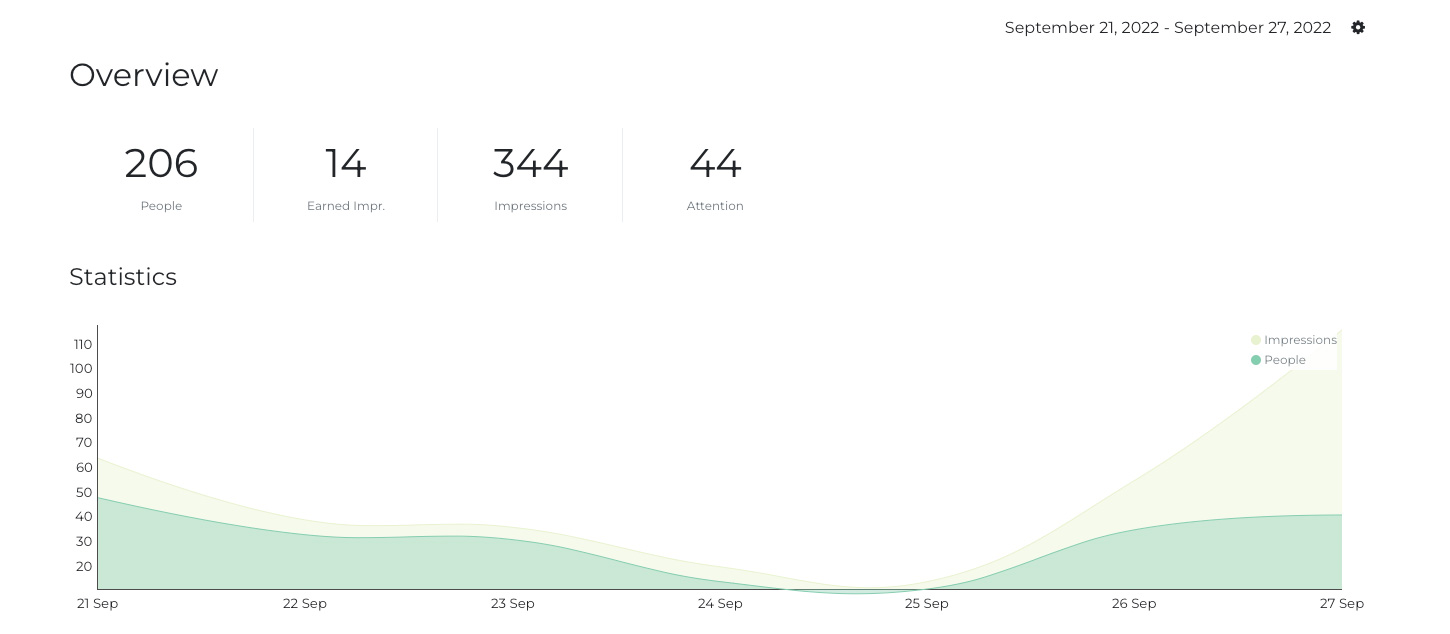The recent Google helpful content algorithm changes have hit many hard, with decreased rankings, traffic and then in turn business.
Google has been seeking ways to ensure that search results are helpful, and genuinely helpful to the person searching at that point in time.
“To this end, we’re launching what we’re calling the “helpful content update” that’s part of a broader effort to ensure people see more original, helpful content written by people, for people, in search results.”
These changes began rolling out in 2022 and particularly in March 2023, websites have seen a traffic drop.
Google continues…
“Focus on people-first content
The helpful content update aims to better reward content where visitors feel they’ve had a satisfying experience, while content that doesn’t meet a visitor’s expectations won’t perform as well.”
The problem is many haven’t been optimizing their content to be helpful. The metrics have not been people first. Audiences tell us with their attention what is helpful and what is not.
What a piece of content should do, for the searcher is help solve their problem. Seems simple. What we posit is that your analytics should be telling you if your content is helpful.
Because if it is helpful, audiences will exhibit a few things.
- They will invest their attention in the content.
- They won’t bounce straight away.
- They will scroll through your content.
- They will even share it.
Many have been seeing traffic come in but been missing the signals that audiences have already been telling them. It’s only now that the traffic is gone, that brands have realized that maybe their content wasn’t as helpful as they thought.
One way to address this, is to change the KPIs for content.
- Establish some attention benchmarks, we suggest 48 seconds of attention.
- Scorecard your content based on other engagement metrics, an average scroll of over 50%, an engagement rate of 2-3%.
Show that the content is delivering impact through the tangible feedback from audiences. Changing the KPIs helps uncover what now should be improved and what standard all new content should surpass.
Then regaining rankings and traffic will be easy.
Sign up to Nudge to access these metrics.
- First you need to sign up to Nudge, click the sign up button.
- Enter your email and a password, or log in with Google.
- Enter the domain that you want to track.
- Nudge will then give you a tracking code. Install that code on your website.
- Check back to see your content quality data.
- Visit a particular URL to see how audiences are consuming the content.

How to use the data to lift your content quality
Take your top 50 pieces of content and drop into a google sheet:
- Ranking
- Current attention
- Scroll
- Engagement rate or Bounce rate
The work through improving each piece. You will be surprised at how quickly changes can happen.
Related reading:
..

|
|---|